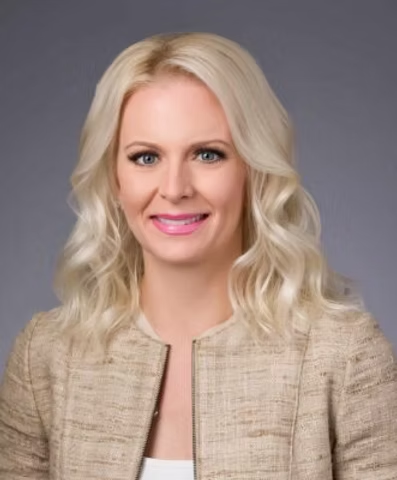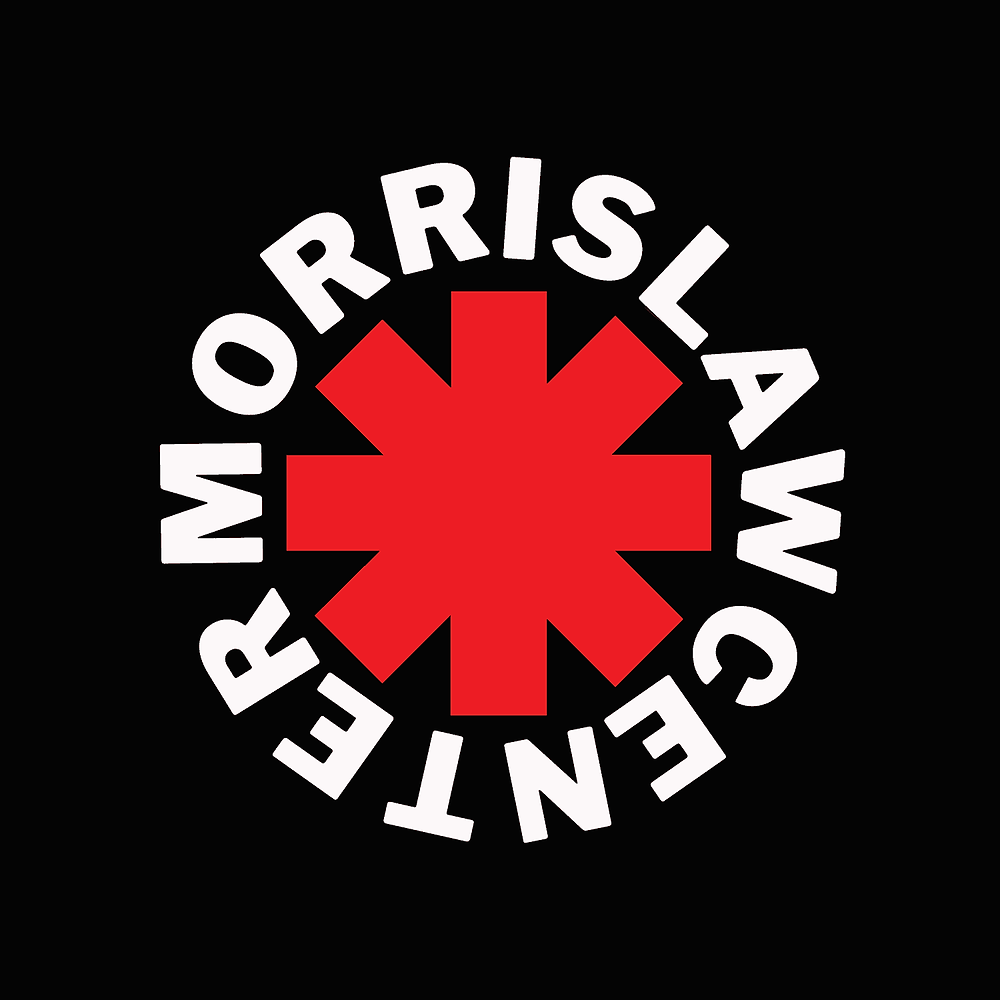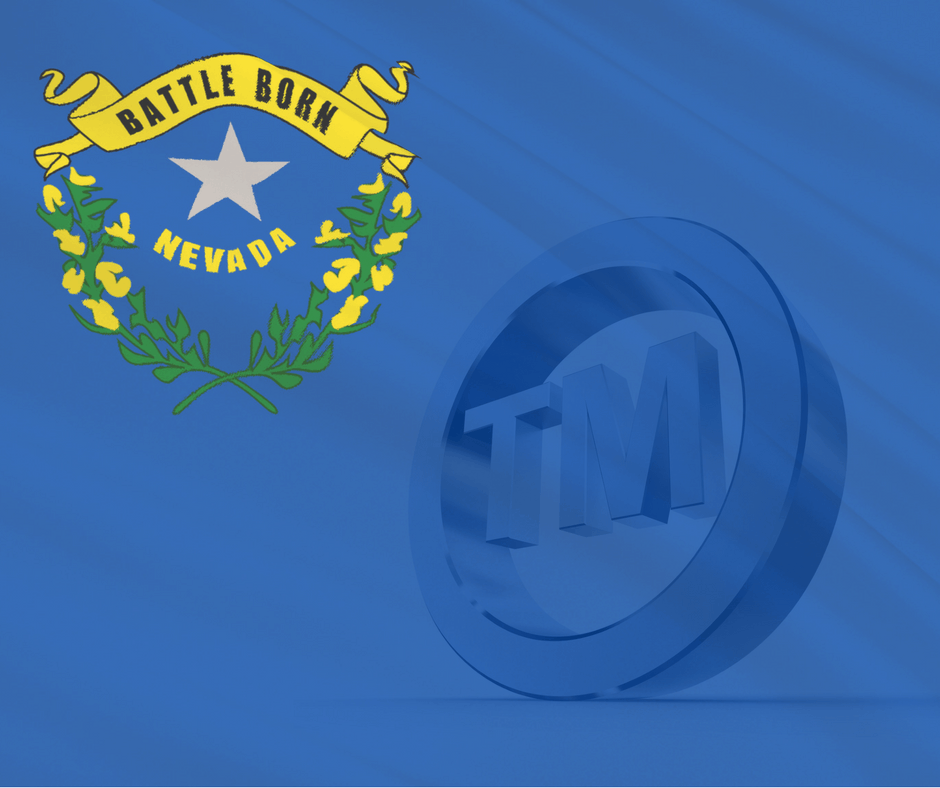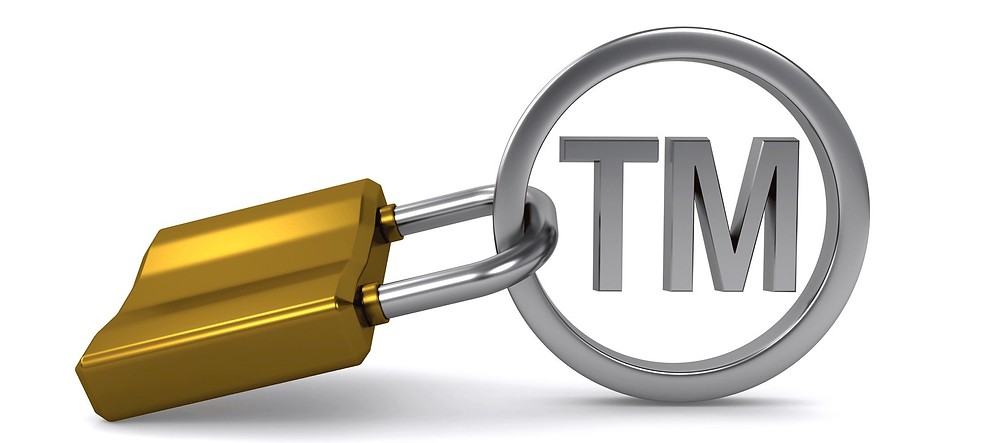The United States Patent and Trademark Office (“USPTO”) will not register a new trademark if there is a likelihood of confusion between the new trademark application and a currently registered live trademark. 15 USC § 1052(d). To determine whether there is a likelihood of confusion between two possible marks, the USPTO considers a number of factors, namely:
1. The similarity or dissimilarity of the marks in their entireties as to appearance, sound, connotation and commercial impression.
2. The similarity or dissimilarity and nature of the goods or services as described in an application or registration or in connection with which a prior mark is in use.
3. The similarity or dissimilarity of established, likely-to-continue trade channels.
4. The conditions under which and buyers to whom sales are made, i.e. “impulse” vs. careful, sophisticated purchasing.
5. The fame of the prior mark (sales, advertising, length of use).
6. The number and nature of similar marks in use on similar goods.
7. The nature and extent of any actual confusion.
8. The length of time during and conditions under which there has been concurrent use without evidence of actual confusion.
9. The variety of goods on which a mark is or is not used (house mark, “family” mark, product mark).
10. The market interface between applicant and the owner of a prior mark: – a. a mere “consent” to register or use. – b. agreement provisions designed to preclude confusion, i.e. limitations on continued use of the marks by each party. – c. assignment of mark, application, registration and good will of the related business. – d. laches and estoppel attributable to owner of prior mark and indicative of lack of confusion.
11. The extent to which applicant has a right to exclude others from use of its mark on its goods.
12. The extent of potential confusion, i.e., whether de minimis or substantial.
13. Any other established fact probative of the effect of use.
These factors are often referred to as the Du Pont factors since they originated from the 1973 Supreme Court case of In re E. I. Du Pont de Nemours & Co. The importance of the elements will vary from case to case. As an example, we could compare the well-known logo for the band RUN DMC with a possible “RUN MLC” Mark.
The “RUN DMC” Mark is registered under IC 009, IC 025, and IC 041 and is registered for use with, among other things, musical recordings, clothing, and live musical performances. “RUN MLC” would hypothetically be used in connection with the provision of legal services.
If this Firm were to apply for a trademark on the “RUN MLC” logo the USPTO would consider those Du Pont factors which applied. Under the first factor, there is a strong similarity of the marks in their appearance which weighs in favor of a likelihood of confusion and thus against registration. On the other hand, since Morris Law Center provides legal services, there would likely be a finding that there was no similarity in the goods and services offered which would weigh in favor of registration and against possible confusion. The third factor would likely not apply, but the fourth factor deals with the circumstances under which sales are usually made of the products in question and would likely favor registration since consumers of legal services are usually careful and sophisticated. A trademark examining attorney would likely decide that under this scenario the remaining factors were simply inapplicable.
Taken together, a trademark examining attorney would likely find that there was no likelihood of confusion that would prevent this Firm from registering the hypothetical “RUN MLC” logo. However, this would be a close call and it would depend largely on which factors the trademark examining attorney decided were predominant. If the examining attorney believed that the first factor was predominant over the second and fourth factors, then registration would be denied. This also assumes that MLC only tried to use the “RUN MLC” in advertising legal services. If it were to put the logo on T-shirts then the nature of the goods would be identical to one of the uses registered for “RUN DMC” and registration would almost certainly be denied for that category.
If you have an intellectual property question, call us now to set up a complimentary consultation before anything is set in stone. We love answering questions!





